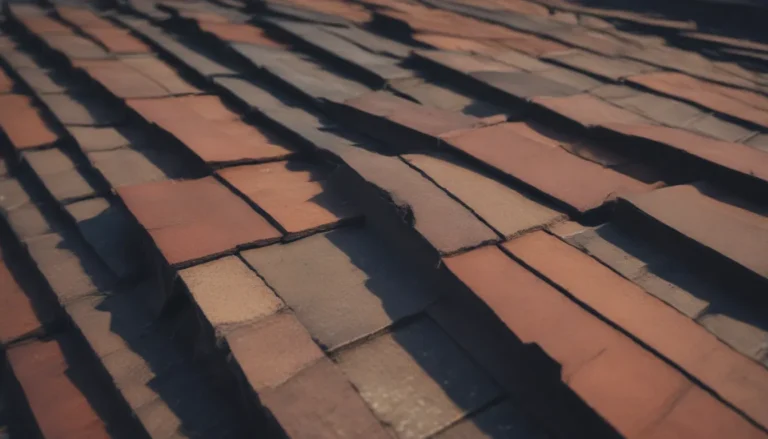Understanding Why Your Toilet Flushes Slowly and How to Rectify the Issue

When it comes to the functioning of your home, few things are as important as a toilet that flushes properly. However, if you find yourself dealing with a slow-flushing toilet that leaves waste behind, the frustration and embarrassment can be overwhelming, especially when guests are around. Fear not, for a slow-flushing toilet is a somewhat common issue that can be resolved with a bit of DIY know-how. But first, it’s crucial to identify the root cause of the problem. Several factors can contribute to a toilet flushing slowly or inadequately, and pinpointing the exact issue is key to finding a solution. Let’s explore some common reasons for a slow-flushing toilet and potential fixes.
Common Causes of a Slow-Flushing Toilet
Here are some common issues that can lead to a slow-flushing toilet:
- Low water levels
- Partially clogged drain
- Mineral build-up on jet holes
- Defective flapper
- Blocked drain vent
Let’s dive deeper into each of these issues and explore how to address them effectively.
Low Water Level
A prevalent reason for a toilet flushing improperly is a low water level inside the tank. When there isn’t enough water in the tank during flushing, the force needed to push waste through the drain is compromised. Adjusting the toilet float, which controls the water level in the tank, can often resolve this issue. By ensuring that more water fills the tank before the fill valve shuts off, you can boost the flushing power of your toilet.
Partially Clogged Drain
While a fully clogged toilet is easy to identify, a partial clog can be trickier to spot. If your toilet is flushing weakly due to a partial blockage, try using a plunger to dislodge the obstruction. If that doesn’t work, a drain snake might be necessary to clear the way. Items like toys, wipes, or even floss can get stuck in the drain line, impeding proper flushing. If DIY methods fail, it’s advisable to seek assistance from a plumber.
Mineral Build-Up
Minerals like calcium or magnesium from hard water can accumulate in the jet holes underneath the toilet bowl rim, hindering water flow and reducing flush effectiveness. A solution of distilled white vinegar and a toilet brush can help dissolve these deposits and restore flushing power. Consider installing a water softener to prevent future build-up.
Defective Flapper or Flush Valve
Issues with the flapper or flush valve assembly in the toilet tank can also lead to slow flushing. The flapper or flush valve controls the release of water from the tank into the bowl during flushing. Inspect these components for any damage or obstruction. Simple adjustments or replacements may be necessary to ensure smooth flushing.
Blocked Drain Vent
Many homeowners overlook the importance of vent lines in the plumbing system. These vents, which typically extend to the roof, serve to release gases and allow air into the waste lines, aiding in the flow of wastewater. Blocked vent lines can impede flushing power and lead to further plumbing issues. While clearing these vents can be challenging, hiring a professional plumber is the safest and most effective solution.
Conclusion
A slow-flushing toilet can be a significant inconvenience, but with a bit of troubleshooting and the right approach, you can address the issue and restore proper function to your toilet. By understanding the common causes of slow flushing and implementing the appropriate fixes, you can ensure that your bathroom remains a convenient and comfortable space for you and your guests. Remember, when in doubt, don’t hesitate to seek professional help to avoid exacerbating the problem. A well-maintained toilet is essential for a smoothly running household, so don’t delay in addressing any flushing issues promptly.





